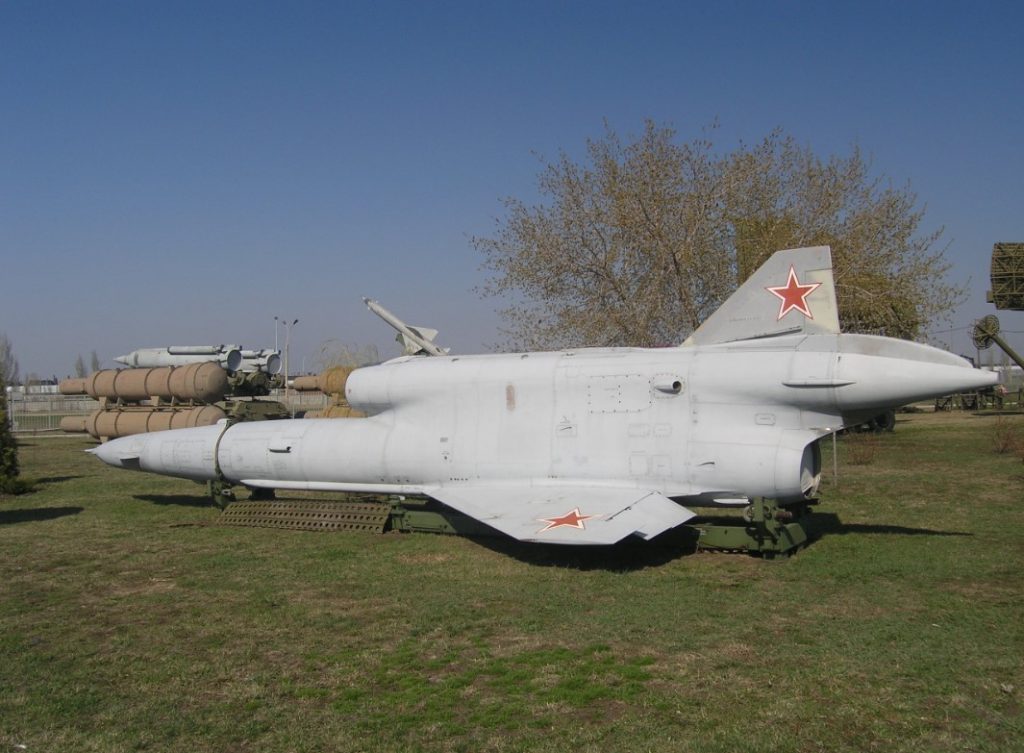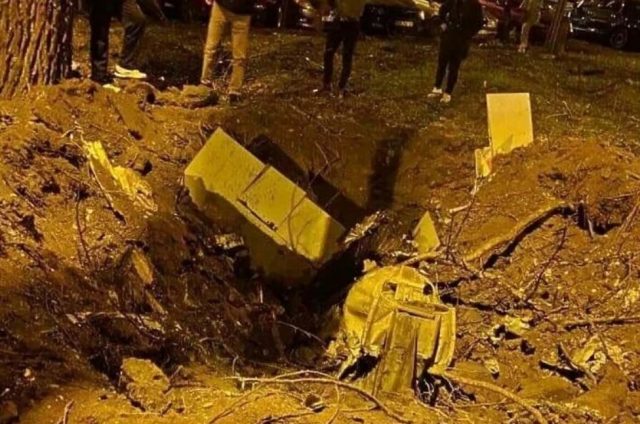The Croatian government says the drone that crashed in its capital in the evening hours of March 10 entered its airspace from Hungary.
Authorities said on Friday that all competent services were involved immediately after the crash of a “military-type” unmanned aircraft.
According to data collected by Croatian authorities so far, the drone entered Croatian airspace from east to west, or from Hungarian airspace, at a speed of 700 kilometers per hour at an altitude of 1,300 meters.
“Criminal investigations are under way in co-operation with the criminal police and the military police, and other measures are being taken in co-ordination with the security and defense system, including international co-operation, in particular with NATO, to determine all the circumstances,” the Croatian government said.
Croatia’s prime minister Andrej Plenkovic said the crashed drone was “of Russian origin,” adding it was unclear whether it was operated by Ukraine or Russia.
He provided further detail saying the aircraft entered Hungary from Romania.
According to the widely-quoted article from The War Zone’s Tyler Rogoway, the crashed drone could actually be a Soviet Tu-141 Strizh, a supersonic jet-powered reconnaissance drone currently only operated by Ukraine. However, this is yet to be confirmed by the Croatian government or its defense ministry.
While this claim is unconfirmed, it is made more plausible by the Croatian government’s confirmation that the drone entered from Hungarian airspace, which means that the drone could have been launched from somewhere close to the Ukrainian border and reach Zagreb in a pre-set flight route.

Tu-141 is powered by a Tumansky KR-17A turbojet engine which propels the 14-meter drone to a top speed of 1,100 km/h and gives it a range of around 1,000 kilometers.
Another fact supporting the claim are witness reports of two parachutes that were spotted near the crash site. The Tu-141 does not land as a conventional aircraft, but with the help of parachutes that enable it to gradually land and be reused.
What remains unclear is why a Russian/Ukrainian aerial system would be headed in Croatia’s direction.
One of the most prominent questions arising from the curious event is also that of how a big, non-stealthy, almost fighter-sized drone managed to reach all the way to Zagreb without being detected before crashing.



























